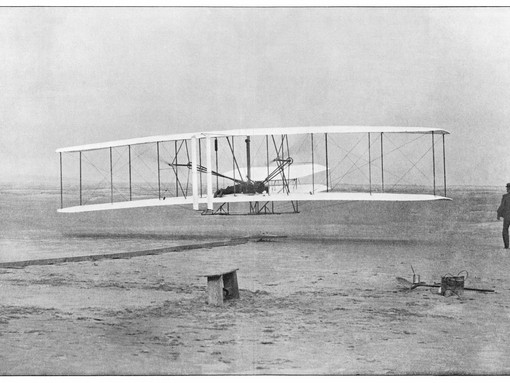
The next generation of aircraft could be inspired by bat wings
Researchers have developed the most advanced model of bat wing flight ever
The model could be used to inspire the next generation of aircraft
UBS will work with a dedicated team at Brown University to develop a bat-inspired robot.
Researchers at the University of British Columbia and the National University of Singapore have developed the most advanced model of bat wing flight ever which could lead to inspiring the next generation of aircraft.
Bats are the only mammal capable of true and sustained flight. Their wing is made up of a thin membrane or patagium which enables them to bend and twist in response to the airflow whilst flying. This enables them to generate lift and thrust. A bat’s wings are much thinner and have more bones than the wings of birds. This allows them to accurately manoeuvre providing more lift and less drag. When a batwing flaps, it forms little doughnut-shaped pockets of air known as vortex rings, expelled behind as the bat flies.
The research conducted by a team from the University of British Columbia and the National University of Singapore has developed a variational aeroelastic framework. According to the engineers behind it, the model captures the complexity of real-life bat flight dynamics and greatly improves on the simplified numerical models that currently exist.
Rajeev Jaiman, Senior Author of the study and Professor of Mechanical Engineering at UBC said:
“Bats can navigate tight spaces and negotiate gusts of wind with apparent ease. By understanding how they do what they do, we may be able to design flying devices that operate more effectively than before, including in emergency and military situations.”
“Bat wings are elastic structures composed of many different parts, and they interact with air in highly variable and aerodynamically complex ways. Our framework reflects key flight dynamics and could serve as a tool for the design and optimisation of flexible flapping wings in aerial vehicles.”
Scientists and researchers have been studying natural flight for years but until now, most of the research has been focused on birds and insects. As bats have wing structures that are easier to model and scale up for human applications, it makes them a good fit for practical aviation applications.
The next step is for the researchers to work with a dedicated team at Brown University to develop the most bat-inspired robot to date.
Want to work on innovative projects like this?
Search our latest opportunities and develop your career with Morson.
















